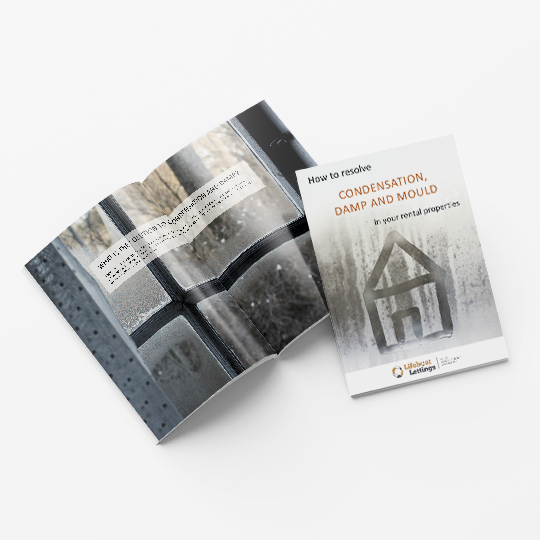
With the nights now drawing in quickly, we are reminded that winter and damper, colder and windier weather will soon be upon us.
If you are a property owner this will be a busy time of year, as you get those last-minute maintenance jobs done and get ready to ‘batten down the hatches’.
If you are also a property investor with rental properties to consider, you should be doubly busy now, getting your properties ready for winter, so you can avoid or minimise those all-too-frequent calls and complaints that crop up during this challenging period.
Here is a reminder of maintenance issues that you should be identifying and addressing as we go into Autumn:
Gutters
Rainwater goods can be a major source of issues the whole year round but particularly in the wetter, winter months.
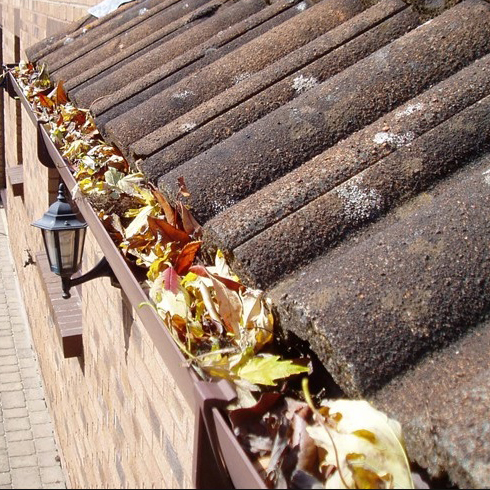
Blocked gutters, cracked leaking downpipes or just missing sections, can all go unreported by tenants during the summer months but all of a sudden become a major and overnight problem as soon as we get the first winter storms. Make sure gutters are not blocked with leaves – particularly at the end of Autumn – and that hoppers and downpipes are clear and connected properly. Also check to see that any rainwater is being adequately cleared from the building via the drains and that these are clear of leaves in particular. Repair or replace any missing or damaged sections of the guttering and drainage system.
Damp proof bridges
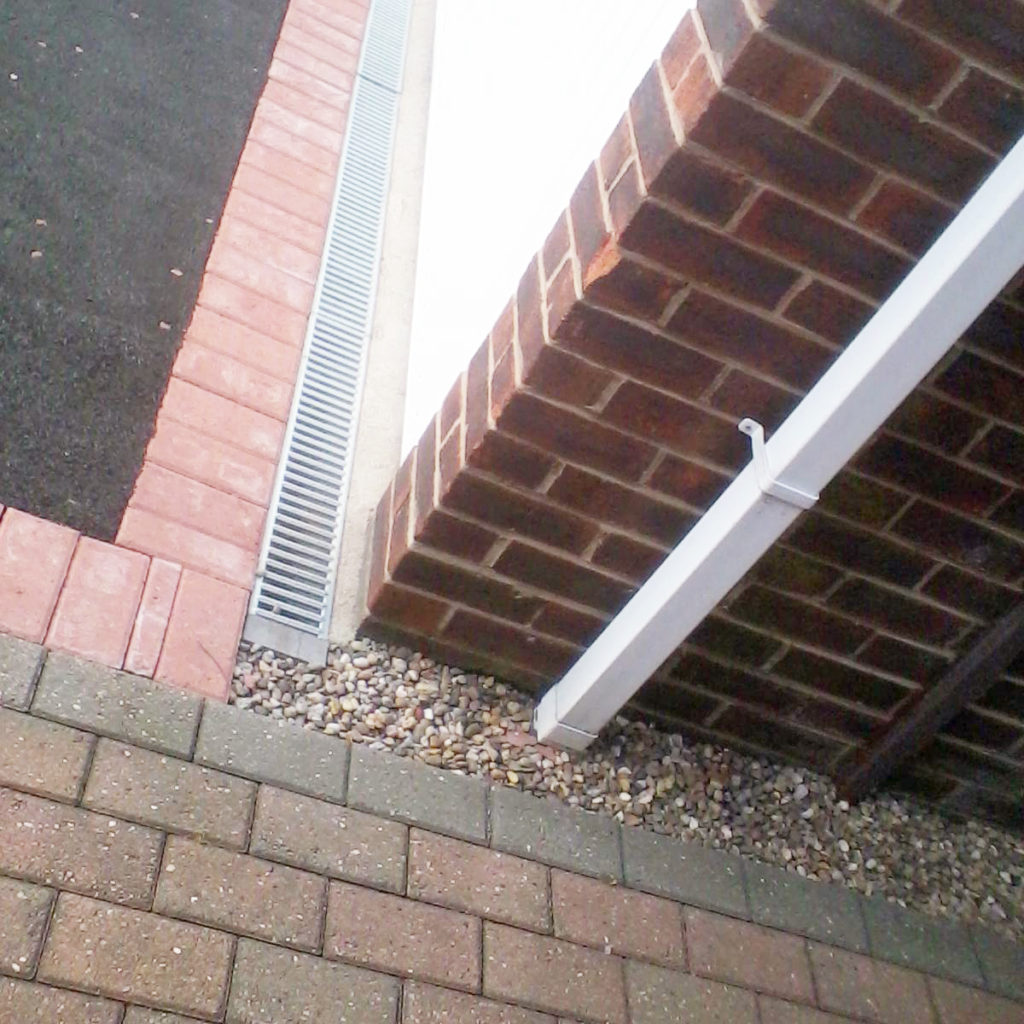
Another major problem – particularly when combined with guttering issues – is problems at the wall/ground interface. This is often a problem at the rear of properties, where free draining gardens are replaced with concrete paths right up to the wall line by well-meaning but non expert builders or DIYers. Often, ground level has been raised beyond the damp course or the damp course is breached by soil – referred to as ‘bridging’. Consider lowering the ground level around the perimeter of the property or in the problem area. Make sure rainwater on paths drains away from the property (not towards the wall) and doesn’t stand around for long periods after a storm.
If necessary, consider installing a French Drain or similar by digging a ditch around the property and filling with hardcore or gravel. This will significantly improve drainage of any water near the walls of the property. Pipes can even be installed to formally connect this to the drainage system if necessary.
Roofs, leadwork, soffits and fascias
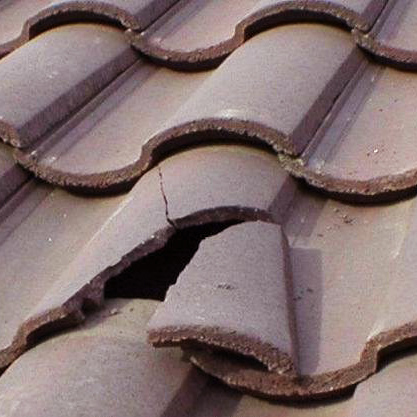
Back up at the roofline (whilst you are checking your guttering) take some time to check out the roof structure and other obvious points of ingress of water. Even items that may ‘last another year’ – such as a loose tile, or damaged fascia board – can often succumb to the first winter storm and then become a major problem. If you are asking someone to go up a ladder, then getting these fixed in good weather is easier and cheaper than during the depths of winter!
Drainage
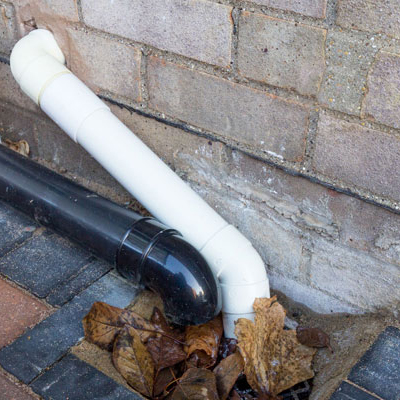
Continuing on the theme of controlling the flow of waste-water, drainage issues can often rear their heads during winter, when there is a higher than normal volume of water to deal with. These issues can be difficult to spot but consider getting a drain inspection if you have any systems that have been ‘borderline’ or troublesome in the past. Check the obvious points where wastewater pipes enter the drain, to look for build up of leaves, soil or other obstructions that may have been washed into the system. Equally, look for items that could get washed in during the first storm and clear these away.
Cracked or porous brickwork and pointing
This is a bit more obvious than some of the other issues, so there is no excuse for not tackling it whist the weather is still good enough. Bricks are designed to be ‘water shedding’ and to breathe. However, when they are damaged, crumbly or just worn out, they can become more porous than they used to be, and water can find its way into the property. This is exacerbated by tired or crumbling pointing around the bricks. Couple this with a South-West facing wall and you could be in for a damp winter inside the house.
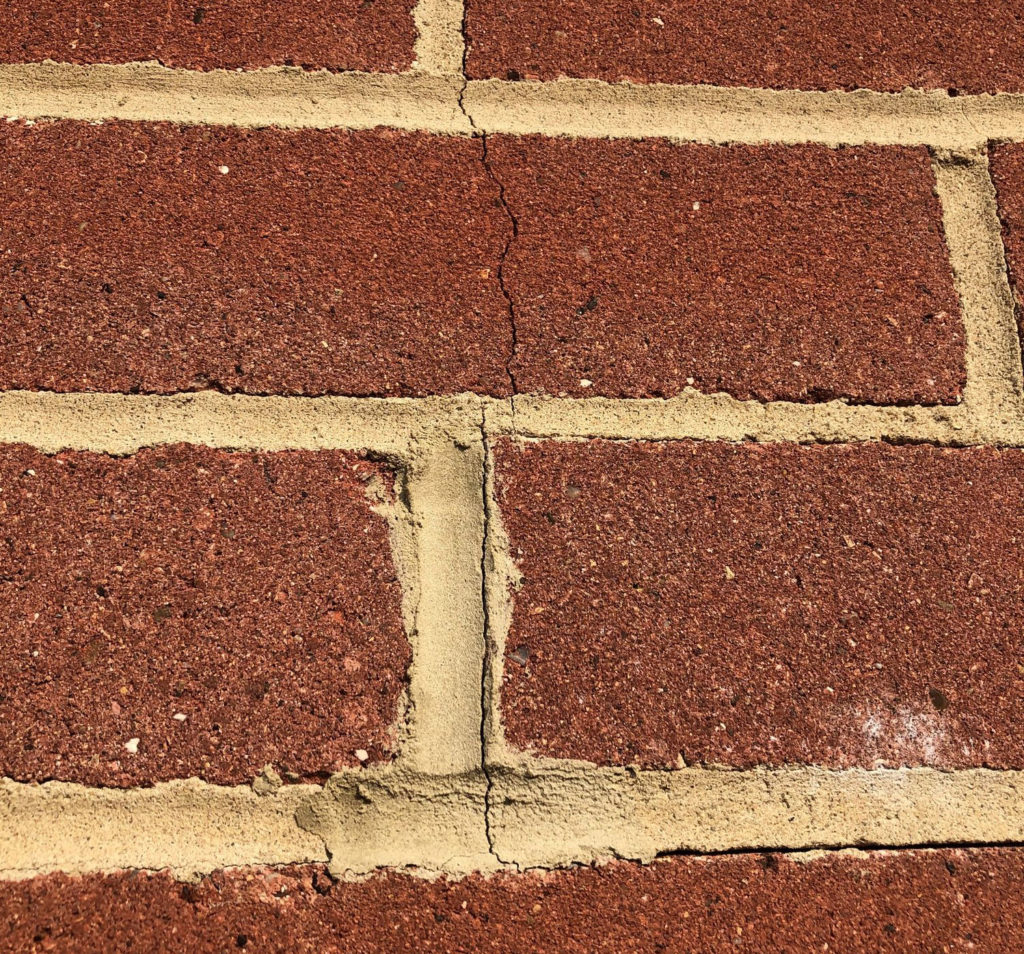
Places to check are high up on the walls and chimneys, or behind trees and plants close to the house, where maintenance could have been overlooked in the past. Areas around doors or under windowsills, where vibrations may have shaken pointing loose, can also be an issue. Finally, if your property fronts onto a road, you may also have damage due to passing traffic splashing water against a wall. Cut out and replace any damaged bricks and consider repointing problem areas. Once the work is complete, use a waterproofing agent on the wall for an added layer of defence. If your property is painted, then also make sure that the painting is in good order and providing the protection it should be.
Windows and doors
There are a few potential issues with windows and doors that can become a bigger issue in cold, wet weather and therefore should be on your hit list for autumn.
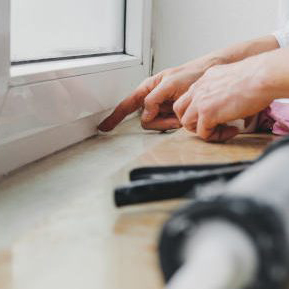
Firstly, check the sealant between the window or door frame and the wall. Is it still in place? Has it shrunk away from the brickwork? Cut out and replace any damaged sections using a good quality frame sealant (either silicone or acrylic-based). At the same time, make sure the frames themselves are firmly attached to the brickwork, which will prevent – among other things – gaps opening up again. Being made of a natural material, wooden doors and windows can actually expand or contract depending on temperature and humidity. Look for places where the window or door has in the past been sticking in the frame but isn’t sticking now – this could become a problem again later in the year.
Make sure wooden items are in a good state of repair and have a good, sound paint covering. UPVC windows and doors are not immune from issues in winter. The biggest problem seems to be sticking mechanisms due to damp. This is a particular problem in seaside towns, where the sea air can also contain salt spray (if very close to the sea). This accelerates corrosion in the mechanisms. Application of a thin coating of lubricating spray oil to all mechanisms is a great preventative measure. Treat all locks at the same time to be on the safe side.
Ventilation
Moving inside the property there are several ‘big hitters’ that are a general cause of most of the issues reported during the winter months. As we naturally spend more time inside our homes during the winter, lack of fixed ventilation can become an issue. When the weather is warm, we tend to leave windows and doors open more often, which enables environmental moisture (created by people) to leave the property.
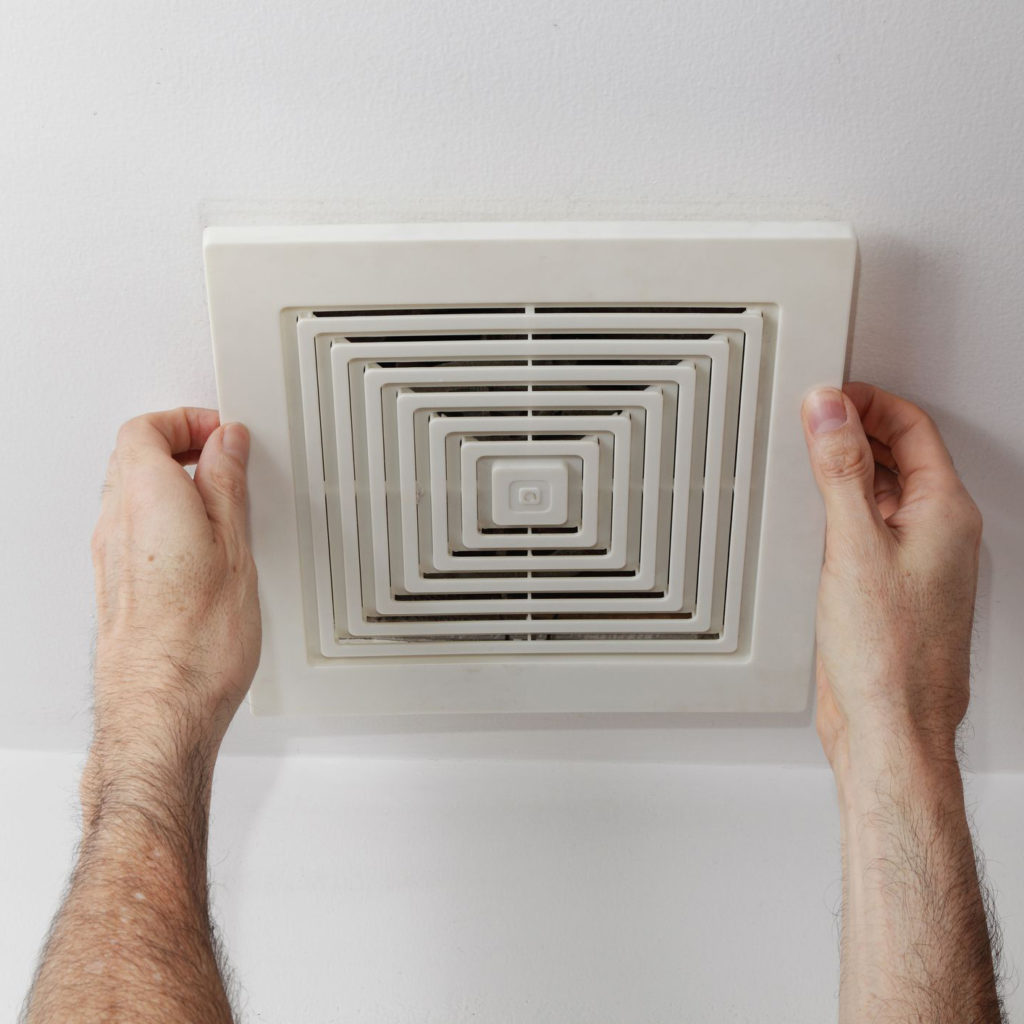
This is helped considerably by having good, ‘passive’ ventilation in the background, provided by an extractor fan, fixed ventilation grills or window vents. However, if these items aren’t present, are blocked or are defective, then increased moisture in winter can build up inside the property and isn’t vented effectively by opening windows. The solution is to consider installing a passive extractor fan. This is one which is on in the background and is often humidistat controlled, so that it can respond to rising humidity levels inside the property. Window vents can also be retrospectively installed in most windows, and vents in walls can be installed or uncovered.
General ‘damp’
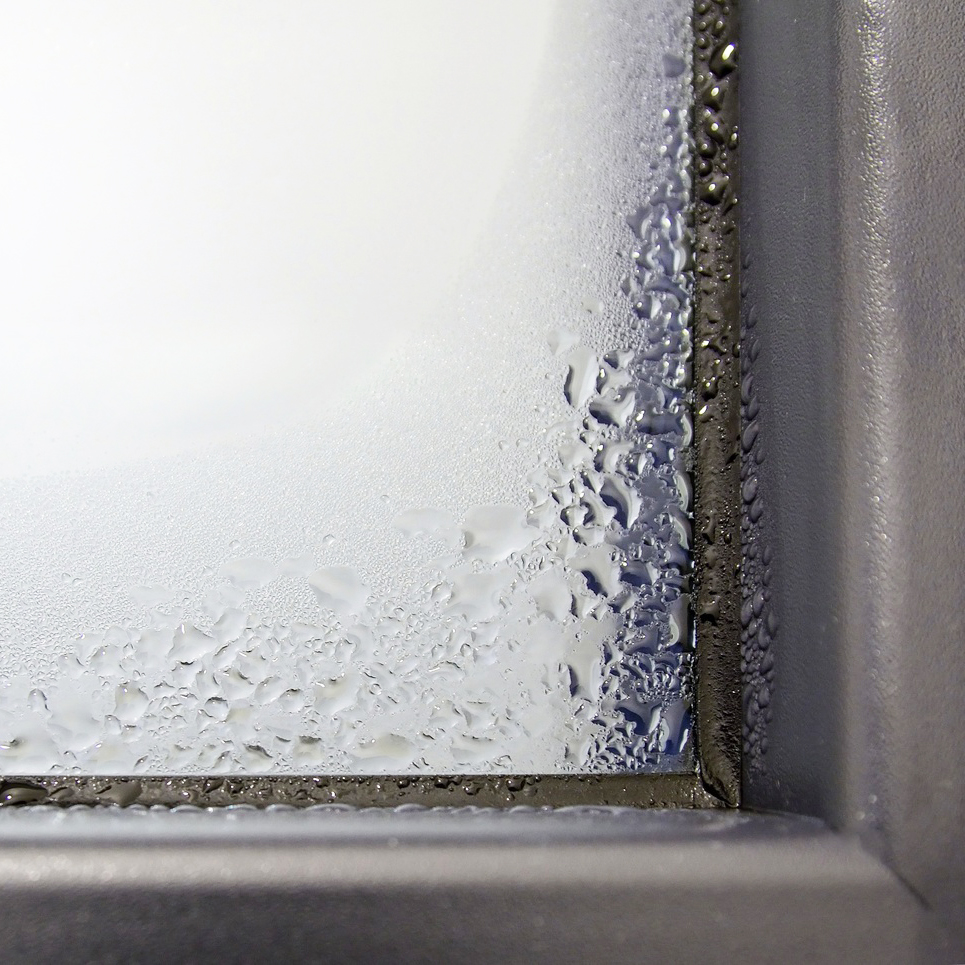
The bugbear in any property – whether an owner-occupier or renter – is often the general issue of ‘damp’. Often from multiple sources and sometimes hard to diagnose, one thing is certain: if the property feels ‘damp’ or ‘musty’ during the summer months, then things are sure to get worse in winter. Once you have checked and corrected all the other obvious potential maintenance issues in the other sections, then a strategy of monitoring and potentially changing lifestyle during the winter months will be required. We have written an entire document on how to investigate and control damp should you wish to read further
Heating
Going hand in hand with ventilation and damp is the issue of providing adequate and properly functioning heating.

Gas boilers should be regularly checked and a gas safety cert prepared every year. It is advised to have boilers regularly serviced as well. One thing is certain though: if you have an old or problem boiler, it will always break down for good in the coldest week in January. During this period gas fitters are very difficult to get hold of, or will deliberately go on a long skiing holiday or to southern Spain or Acapulco – just to annoy you. So, consider biting the bullet and getting that old boiler replaced now, when the wait time will be shorter. Don’t overlook electric heating either. Make sure all heaters are functioning and consider installing additional provision in any colder parts of the property.
Insulation
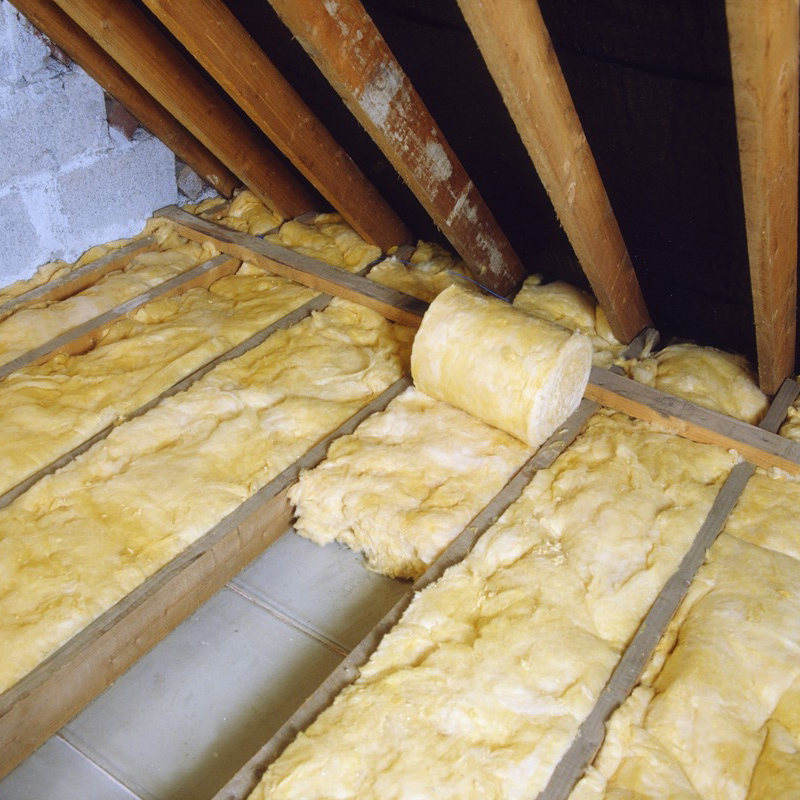
Finally, there is not much point having properly functioning and efficient heating if the insulation is not up to scratch.
Loft insulation in particular is normally pretty easy and cheap to install or improve. Not a fun job for anyone to do in the height of summer, there is no excuse not getting it done in the slightly cooler months of Autumn.
Don’t wait until the complaints come in the depths of winter.



